Android at 10: Ten Successes and Ten Failures of Google’s Mobile Platform
Android at 10 and Still Counting

Ten years go by a lot, and now that the tenth anniversary of the first stable version of the Google operating system (Android 1.0) is reached, it is a good time to remember some innovations and failures that have marked the history of this mobile platform.
Like any operating system, throughout its different versions, Android has been implementing improvements and innovations that in some cases have been well received and in others… not so much. Although surely you remember most of them, let’s review some lights and shadows that Google’s mobile platform has had throughout its ten years of life.
Android at 10: Ten Big successes of Android
1) The democratization of the smartphone

When Android came to market, the word “smartphone” sounded strange to many people. The iPhone, without going any further, was reserved for a geek audience that also had a comfortable budget. Google decided then to bet on usability, freedom and community, leaving aside those restrictions and exclusivity that characterized (and characterize) Apple.
The smartphone was starting to be something for everyone and everything, with a simple operation, a large volume of developers working for and for Android, and a huge diversity of devices from many brands and intended for all budgets. All this, together with its extensive customization possibilities (even with third-party apps) brings us to our next point: Android managed to increase its market share.
2) Android at 10: Market share
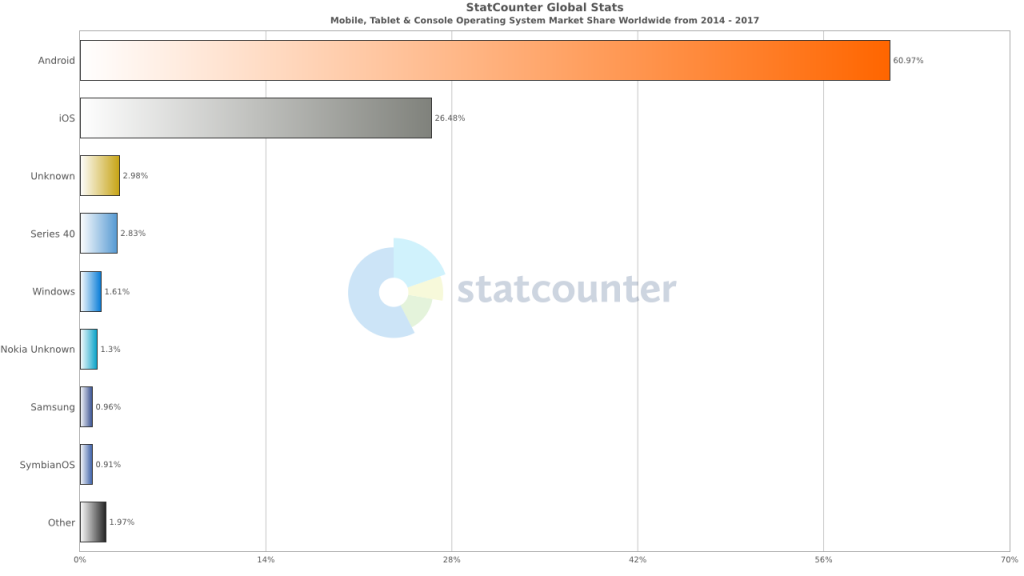
At the end of 2016, a study by StatCounter showed how, for the first time, the use of the Internet from tablets and mobile phones exceeded desktop usage. A few months later, in March 2017, StatCounter itself issued a report on the market share of operating systems worldwide: Android surpassed Windows by just 0.2%, becoming the most used OS on the planet.
As a mobile platform, it has imposed itself strongly against other operating systems such as iOS and Windows Phone to such an extent that, currently, approximately 90% of all tablets and smartphones in use Android, that is, nine out of ten have the OS of Google.
3) The growth of Google Play
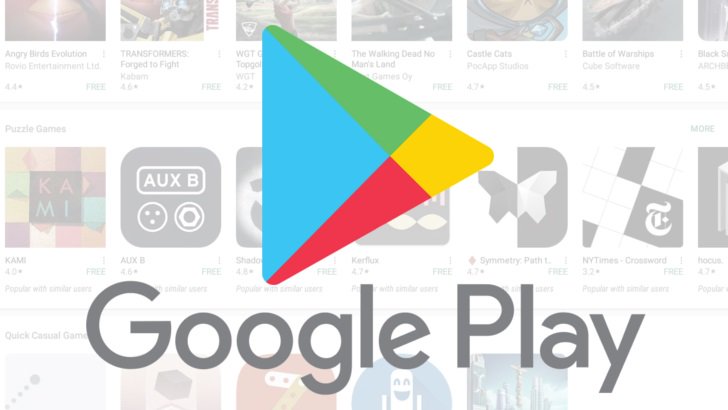
Google Play ( formerly Android Market ) is the platform for the digital distribution of mobile applications for devices with an Android operating system. Unlike Apple, whose policy of admission of apps is very restrictive, Google Play does not make so many exceptions and accepts all, own or developers, thanks to its Android SDK tool.
In July 2013, it was announced that Google Play had surpassed one million published applications and more than 50 billion downloads had been registered. Currently, the Google application store is the one that offers the largest number of apps. According to September 2018 data obtained by App Brain, there are available around 2,800,000 applications.
4) Improvements related to safety
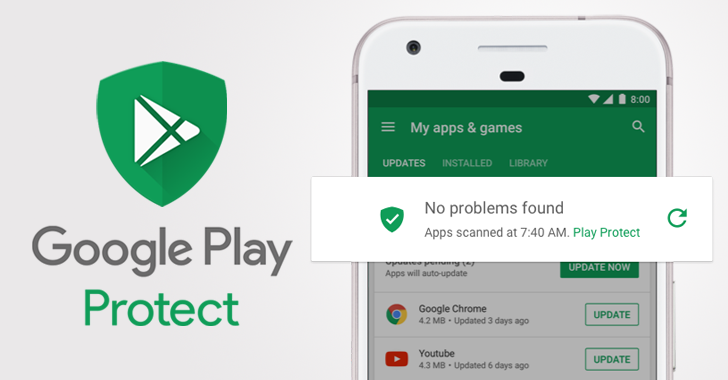
With Android Lollipop 5.1, in March 2015, anti-theft protection arrived for the first time after a factory reset (you must log in with your Google account). Today, Google Play Protect automatically scans your phone throughout the day to keep your device, your apps and your data safe.
The secure navigation system of Chrome, the exhaustive analysis of billions of apps on Google Play and, of course, the possibility of finding your device if you lose it or block it remotely, are other advantages of Google Play Protect.
Only in 2017, the year in which Google took a stand against the malware launched by its Google Play Protect antivirus, the installation rate of malware from outside Google Play decreased by more than 60% and 30% more Android devices received patches of malware. security compared to 2016.
5) OTA Updates

Android 1 received only one update, version 1.1, which arrived in February 2009 with a good list of bug fixes. Nothing revolutionary beyond the update itself, Over-The-Air, which at that time no other mobile operating system was capable of doing (except Danger OS, which was the one that introduced the innovation).
The OTA or Over-The-Air update (by air, without wires) is the easiest way to update a mobile or tablet. It comes as a warning to the device, and you only need to accept its installation so that the process is carried out without further complications and in a few steps. Of course, it is essential to be connected to a WiFi network before downloading the OTA and keep the device with enough charge or plugged into the power.
6) Nexus Program

While Android Eclair was receiving its subsequent updates (one in December 2009 and another in January 2010), manufacturers were increasingly excited to add their layer of customization. In that context the Nexus program was born: Android as Google had conceived it, materialized for the first time in the Nexus One (manufactured by HTC).
The devices of the Nexus series did not have modifications made by the operator nor by the manufacturers, and also included an unlocked startup manager to allow further development and customization. They were also the first Android devices to receive operating system updates.
After the Nexus One, other models (phones and tablets) would come in collaboration with other manufacturers (such as Samsung or Motorola, for example) until in September 2015 the last Nexus, the 5X and 6P, manufactured by LG and Huawei respectively, were presented. In October 2016, Google replaced the Nexus range with Pixel with the launch of Google Pixel and Google Pixel XL.
7) Android One
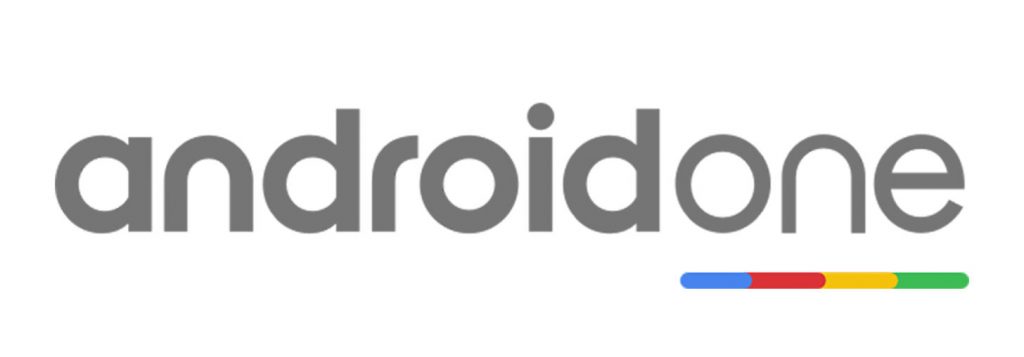
Android One was announced in June 2014 as a “clean” version of Android, without third-party layers, with updates assured by Google for at least two years and aimed at entry-level devices in emerging countries. It was, therefore, a platform to give life to affordable phones in a select group of regions.
However, in 2015, Android One landed in our country with the help of Infinix Nigeria launching Infinix Hot 2, the first Android One phone in Nigeria. With this, Google achieved that users can remain updated with the newest apps and features in Nigeria.
Now, we are witnessing the power of Android One on various devices and few manufacturers are missing the pure version of Google’s operating system. One of the last to do so has been LG, which has launched its new LG G7 One less than a month ago.
8) Support for NFC

Android Gingerbread was presented on December 6, 2010, along with the Nexus S phone, the first device with Android to support NFC (Near Field Communication) both hardware and software. At that time, the Nokia C7 already had an NFC chip but did not use it.
This technology brought with it a large number of advantages, such as wireless data exchange, access to places where identification is required by moving our mobile phone, instant synchronization of two devices and, of course, direct payment using the smartphone as a virtual wallet.
9) Facial unlocking
Ice Cream Sandwich included Face Unlock facial release, officially six years before Face ID. In this way, to protect the device, you could opt for the numeric key system, the pattern system and the facial recognition system.
Although Face Unlock did not work well in its beginnings and deceiving it was as easy as showing a photo (in fact, it could be included in the list of failures), it was the first step to a new way of unlocking that is nowadays increasingly widespread among mid-range and high-end mobile phones.
10) Goodbye to GPS navigators
Before, to obtain a reliable GPS navigation you had to spend money yes or yes: either buying a GPS navigator (TomTom type) or using a paid app. However, in 2009, Google announced Google Maps Navigation, free and with turn-by-turn instructions. Later, other manufacturers such as Nokia also launched their own alternatives.
Currently, Google Maps has become an essential application for millions of people around the world, even for many iOS users, since the Apple Maps application presented many errors at the beginning and does not end up being as reliable as it should be.
Android at 10: Ten Big failures of Android
1) Fragmentation
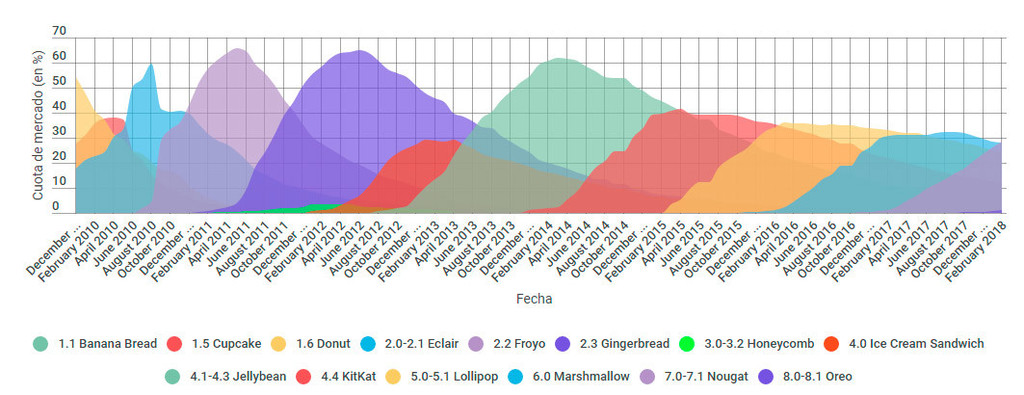
Although it is not a completely open platform, or not in the strict sense of the word, Android offers all kinds of options to manufacturers and developers. But that freedom has its price. Google does not have full control over the platform, especially if we talk about updates and patches, which first have to go through the manufacturers of the devices and operators to verify that those changes do not affect the performance of their devices.
Google offers updates with some frequency on their Nexus, but manufacturers usually take much longer to adopt those changes. The arrival of the new version of Android is a testimony of the problem: almost a year after the appearance of each version, the percentage of devices based on it is usually very discreet.
The coexistence of different versions of the operating system continues to complicate life in both communities: the developers have to evaluate their development in different editions, and users are prevented from enjoying the latest of the latest without the operators and/or the manufacturers offer this possibility.
2) Lollipop and goodbye to root

With the arrival of the latest version of Android 5.0 Lollipop Preview, LPX13D, the community of advanced users in Android was up in arms to realize that the root (and therefore, the freedom that characterized the operating system) went to be in danger because of Android Lollipop.
Google had reinforced Android with tools like SELinux and that had caused all the services to start working in their own SELinux context (instead of in init). To make the root possible it was mandatory to use a custom Kernel, but having the bootloader closed (and without possibilities to open it), it was impossible to install the Kernel.
With this, the decision to root or not our device ended up being of the manufacturers, since they were the ones who chose to block or not the bootloader. However, it is a measure that Google took for the sake of security, so many users do not see it as something negative, but as something necessary.
3) Adaptation to tablets
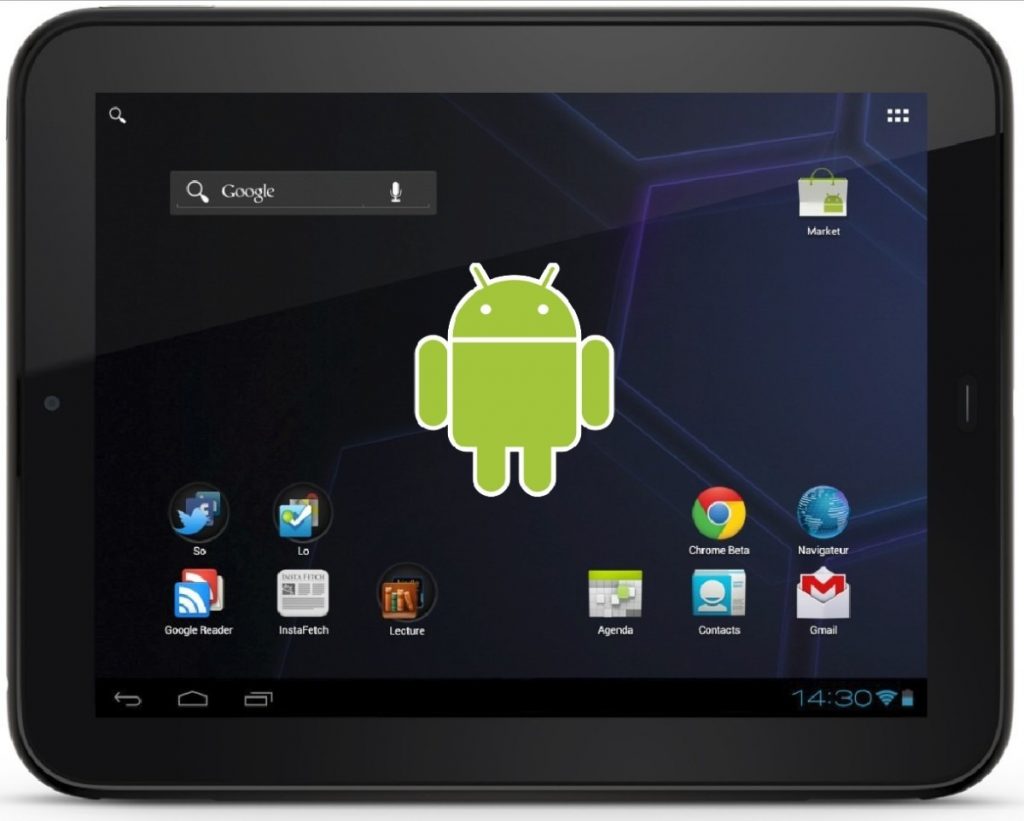
When Apple launched the iPad on January 27, 2010, it did so by optimizing iOS for this new device class. And not only that but also offered a free software development kit (SDK) so developers could program (or adapt) their own applications to the iPad.
In the case of Google’s operating system, it did not happen the same: Android tablets used the same operating system as phones, but without adapting it. That translated into a design that left a lot to be desired, a large number of applications that did not have the correct format and a total lack of specific added values for the tablet.
Although many manufacturers signed up to the fashion of the tablets, Google did not make great efforts to make these devices attractive, had good intentions and the clearest example of this is Honeycomb but over time they were lost. Even today the experience does not reach the level of the iPad, partly, also, by the disinterest of most manufacturers in this type of device.
4) Android Go
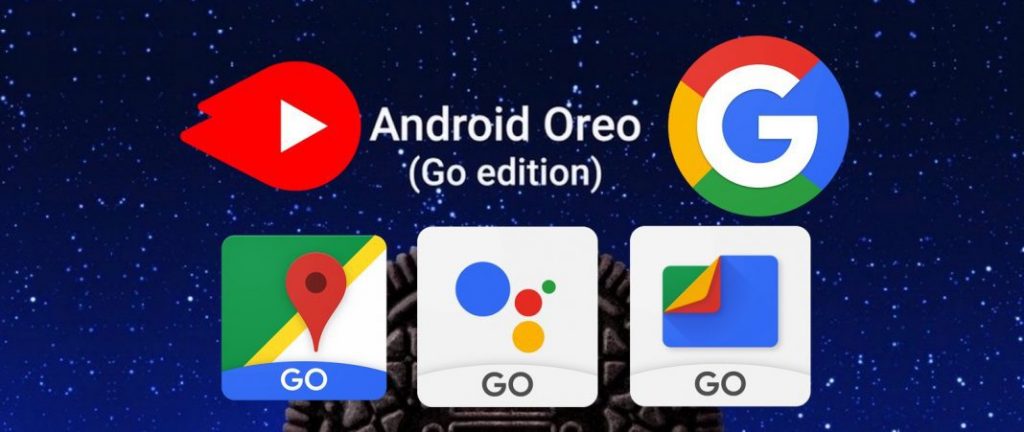
When Google launched the Android Go program, it did so with the promise of offering quality guarantees for the most economical smartphones, both in terms of performance and operation of their most used applications (of which they created a Go version).
Android Oreo (Go Edition) came with a series of lighter services and adapted to work on devices with 512MB or 1GB of RAM. It was destined, therefore, to those emerging markets in which the majority can not access unlimited connectivity nor can they afford to buy very advanced devices.
However, despite these advantages, the arrival of Android Go revealed an imbalance between a software that advances by leaps and bounds and hardware that is left behind.
5) Personalization layers
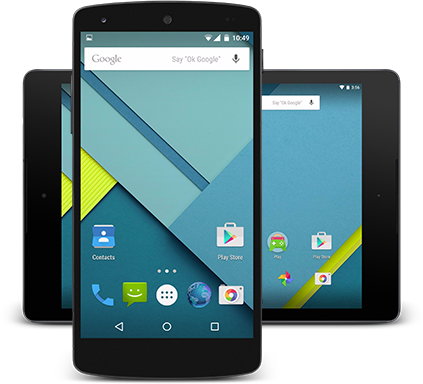
It is clear that the great diversity of devices that exist in Android is one of the greatest successes of the platform. However, Google is too permissive with manufacturers when they impose their own layers of customization.
At first, these layers emerged with the intention of incorporating what Google was not able to solve with the pure versions of Android. But soon they became a perfect tool to differentiate each product from the competition and thus attract the consumer.
6) Android at 10: Historical fine
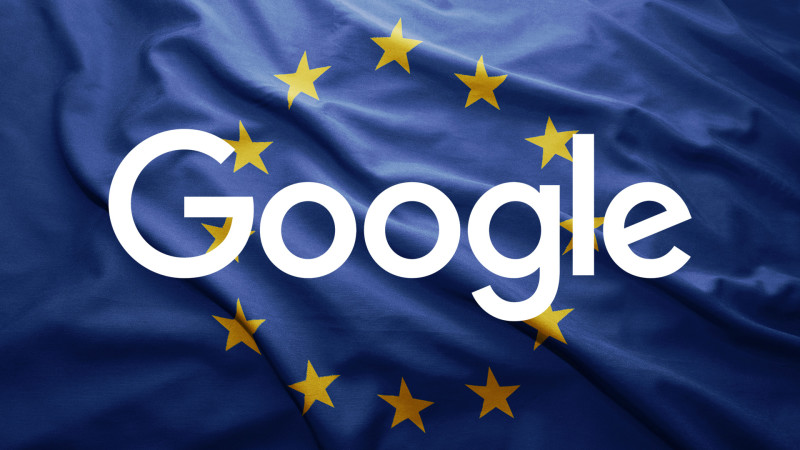
It was in April 2015 when the European Commission formally opened the investigation to consider that Google requires manufacturers to pre-install applications owned by the company, Google Search and Chrome, on phones with this operating system.
The past month of July, Brussels made public its most forceful sanction to the American technological giant, 4,340 million euros, for the abuse of dominant position that it exercises, according to its consideration, through Android.
7) Lack of privacy

Google’s business model is focused almost entirely on advertising, and to serve relevant advertising for us, you must know us better. That’s where Google’s well-known and criticized ambition for collecting more and more data about us, including our location, appears.
And not only does it carry out such activity with its own products. Smartphones, tablets and other Android devices from Samsung, LG, Xiaomi, Sony, Acer and many others have become another vehicle to achieve that goal.
This has caused that, for a long time and especially after its battle with the FBI, Apple has become a champion of privacy, while those companies that depend on Android are dragged by the side effects of Google’s greed for information (and his own).
8) Android Wear

Since, in 2014, Google introduced its operating system for wearables, Android Wear has not achieved the desired acceptance by either users or manufacturers and developers. And that at the beginning many saw it as a very promising bet.
The almost absolute dependence on the smartphone, the limitations on performance and battery, some proposals that were not exactly attractive and an operating system, Android Wear, much more closed than Android (which gives manufacturers full freedom to put their layers), made the platform for wearables lose interest and relevance with time.
Last March, Android Wear underwent a complete remodelling and was renamed Wear OS in an attempt to re-launch the Google mobile platform and revive it in the sector in the medium and long-term. We will see if it is enough, for now, Apple continues to gain ground with an Apple Watch that is already light years away and Samsung continues to integrate its own operating system (Tizen) in its own.
9) Under quality control on Google Play
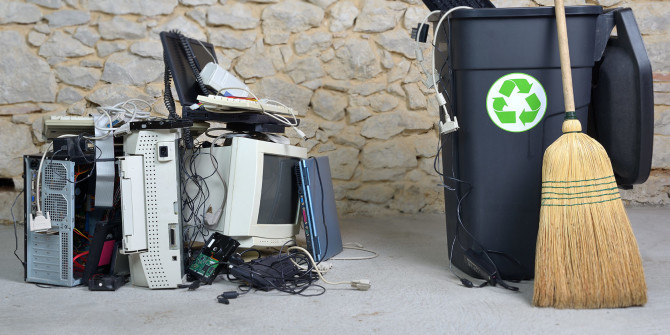
If we have included Google Play in the list of successes, it was not precisely because of the quality of its catalogue, but because of the number of applications that it makes available to users and the facilities it provides to developers. But there is a detail that we can not ignore: the Google store has more garbage than Apple and the cleaning operation of Google Play that we have been waiting for years has not yet arrived.
Although Google has increased its control, we still find duplicate applications on Google Play, poor quality, deceptive, abandoned by its developers and even harmful, not to mention the inappropriate content, false ratings and excessive advertising in the free versions.
10) Malware

Since its inception, Android has become a focus for attracting malware to mobile devices. Little by little, Google was improving in this aspect to allow less malicious applications and warn users more of the dangers that entail through the permissions that the apps require when we install them. But that was not enough.
At the beginning of the year, without going any further, Kaspersky warned of the existence of spyware Skygofree, and three years ago, in the summer of 2015, a vulnerability was detected that could have infected and disabled 95% of all devices. The alarm signal was given in Zimperium and Google soon admitted that they had a serious problem that affected all versions of Android.
This vulnerability was called Stagefright and it allowed that, without the user having to do anything, the device could be in the hands of a third party that had included malicious code in a video that could arrive in multiple ways, especially instant messaging.
Skygofree and Stagefright are just two examples of a long list of malware that, however, has also had a positive side because it has made both Google and the manufacturers aware and put to work to release patches and security updates more frequently.
Surely after having read the two listings reviewing Android at 10 ( maybe even some important ones that we have not reflected here). If so, do not hesitate to leave them in the comments.


